New member of LAM team
New PhD student, MSc. Subhendu Patra, has joined the LAM team. Subhendu’s research focus will be primarily on nanographenes. Welcome to the team, Subhendu!

New PhD student, MSc. Subhendu Patra, has joined the LAM team. Subhendu’s research focus will be primarily on nanographenes. Welcome to the team, Subhendu!

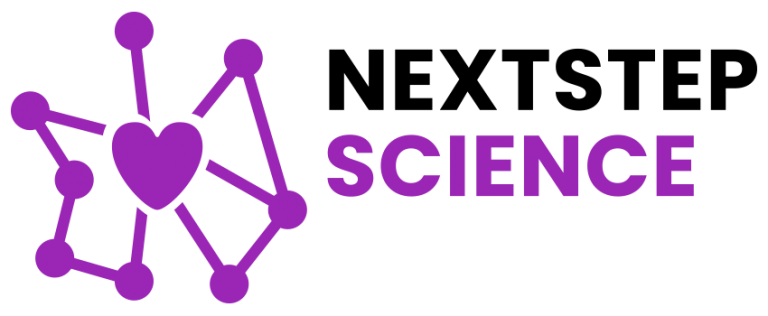
On March 3rd, 2025, members of the LAM team presented the LAM research at the annual Next Step Science conference. The conference focuses on networking between those interested in career opportunities in the natural sciences, from academia as well as private sector. Members of LAM team introduced the visitors to the main areas of scientific research at LAM, work and career opportunities in the laboratory, and the possibilities of future use of nanomaterials and new other materials developed at LAM.
More information about the event can be found in the links below:
During the week of February 8-14, 2025, LAM PhD student Sameer K. Tiwari attended International Winter School on Analytics for Photovoltaics and Photoelectrochemistry. The winter school organized by Helmholtz Zentrum, Berlin took place in Hirschegg, Kleinwalsertal, Austria. Upon his return, Sameer shared with the team interesting highlights of this great educational experience.
More information about the winter school can be found in the link below:
https://www.helmholtz-berlin.de/events/quantsol-winterschool/index_en.html
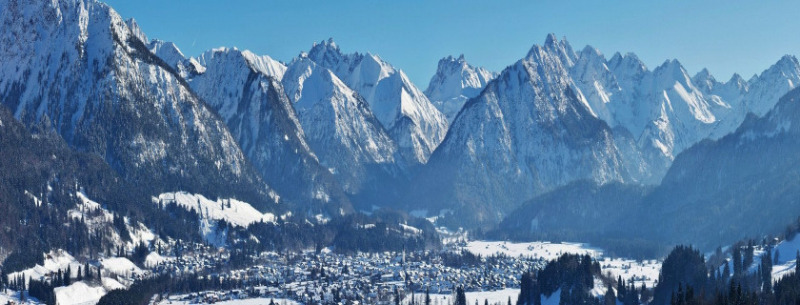
New PhD student, Pengbo Liu, has joined LAM team. Pengbo’s research focus will be primarily on perovskites. Welcome to the team, Pengbo!

Dr. Peter Hutár, returned to LAM from his one-year reseach stay at the University of Luxembourg. Welcome back, Peter!

On November 13th, 2024, Dr. Milan Sykora participated as an invited guest in a panel discussion at the conference on the 10th anniversary of the Horizon support structures titled: “New Challenges for the Scientific Research Community in the Context of the EU Framework Programmes.” The conference took place at the Comenius University Science Park in Bratislava. The conference was organized by the Centre for Scientific and Technological Information (CVTI SR) and the Ministry of Education, Science, Research and Youth of the Slovak Republic.
More details about the conference can be found via the following link:
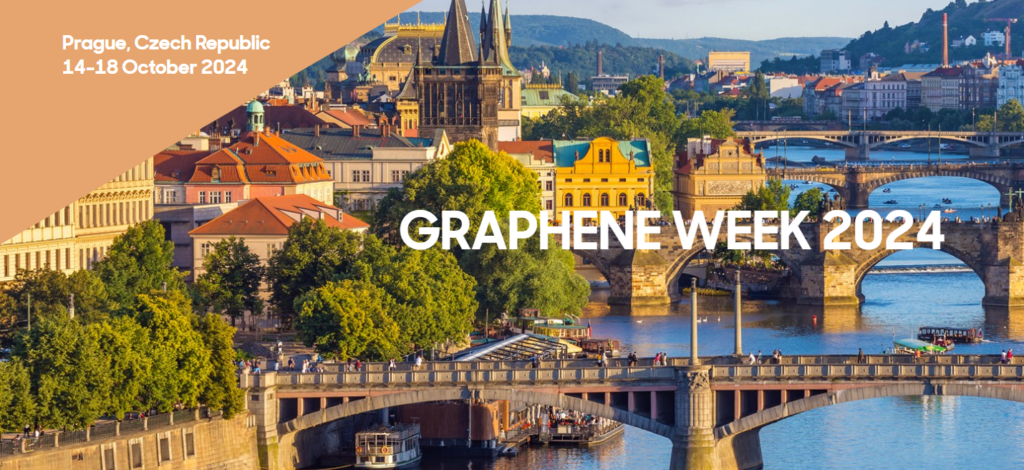
LAM Director, Dr. Milan Sykora, and LAM PhD student MSc. Gokul Raj Mini Rajendran presented results of LAM research at the international conference Graphene Week 2024, held on October 14-18, 2024 in Prague.
More info about the conference can be found here: https://graphene-flagship.eu/
Lecture title: Internal and External Control of Excitons in Colloidal Quantum Dots
Presented by: Dr. Jennifer A. Hollingsworth
Time and place: The lecture will take place on Friday, October 21st, 2024, at 10:00 am, in the large conference room of the Comenius University Science Park.
Abstract. Colloidal quantum dots (cQDs) synthesized in simple laboratory flasks are finding real-world applications in demanding technologies from displays and lighting to photovoltaics and photodetectors. In the future, cQDs may be the basis for single-photon devices in quantum networks. Beyond quantum-size control, we pursue an expanded “structural toolbox” to synthetically engineer new quantum emitters with targeted photophysical properties, including non-blinking behavior, biexciton enhancement, dual-color emission. Taking advantage of their solution-phase processibility, we prepare cavity- or antenna-coupled cQD hybrid materials using, e.g., deterministic, direct-write nanointegration. The former—precision synthesis—affords internal control over excitonic properties, while the latter—hybrid materials fabrication—affords external control via local environmental effects.
About the speaker. Dr. Jennifer A. Hollingsworth is a Laboratory Fellow at Los Alamos National Laboratory (LANL). She is a Fellow of the American Chemical Society (ACS), the American Physical Society (Materials Physics) and the American Association for the Advancement of Science (Chemistry), and serves as an elected Councilor for the ACS Division of Colloid & Surface Chemistry. She holds a BA in Chemistry from Grinnell College and a PhD degree in Inorganic Chemistry from Washington University in St. Louis. She joined LANL as a Director’s Postdoctoral Fellow in 1999, becoming a staff scientist in 2001. In 2013, she was awarded the LANL Fellows’ Prize for Research for her discovery of non-blinking “giant” quantum dots. She serves as Thrust Leader for Nanophotonics & Optical Nanomaterials in the Center for Integrated Nanotechnologies (CINT), a US-DOE Nanoscale Science Research Center and User Facility. Her research interests include discovery, rational design, and development of novel colloidal quantum emitters, unique synthesis and assembly techniques (e.g., automated synthesis, microfluidics-enabled nanowire growth, and scanning-probed-enabled direct write nanointegration), and nanomaterials applications, such as bioimaging, solid-state lighting and single-photon quantum light sources. In these areas, she has ~125 publications, >17,000 citations, and an h-index of 54.
You can find more in the invitation here: [.pdf]
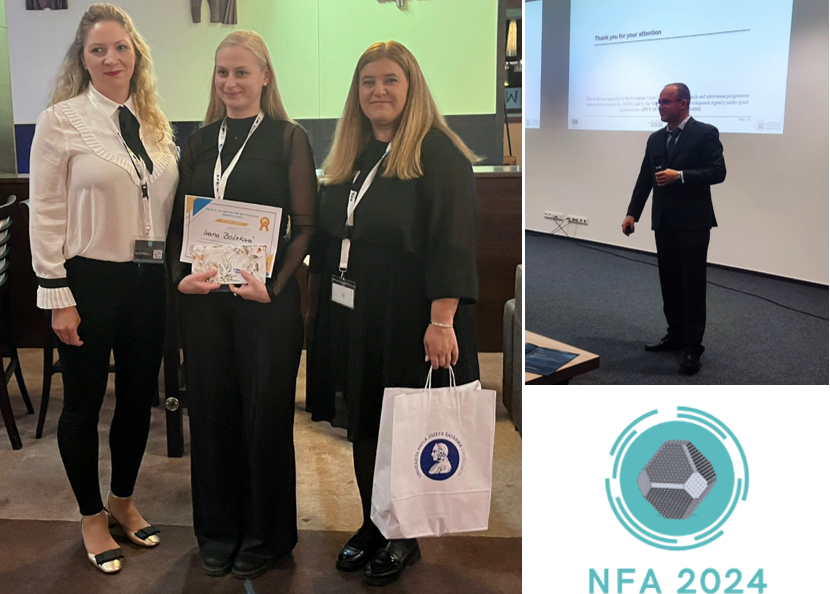
LAM researchers Mgr. Roman Bystrický, PhD, Mgr. Ivana Božeková and MSc. Sameer K. Tiwari presented results of their research at the 8th International Conference, Novel Materials Fundamentals and Applications 2024, held from 13 to 16 October 2024 at Štrbské Pleso in the High Tatras. Ivana received the best student presentation Award. Congratulations, Ivana!
For more information about the conference click via following link: https://nfa.science.upjs.sk/
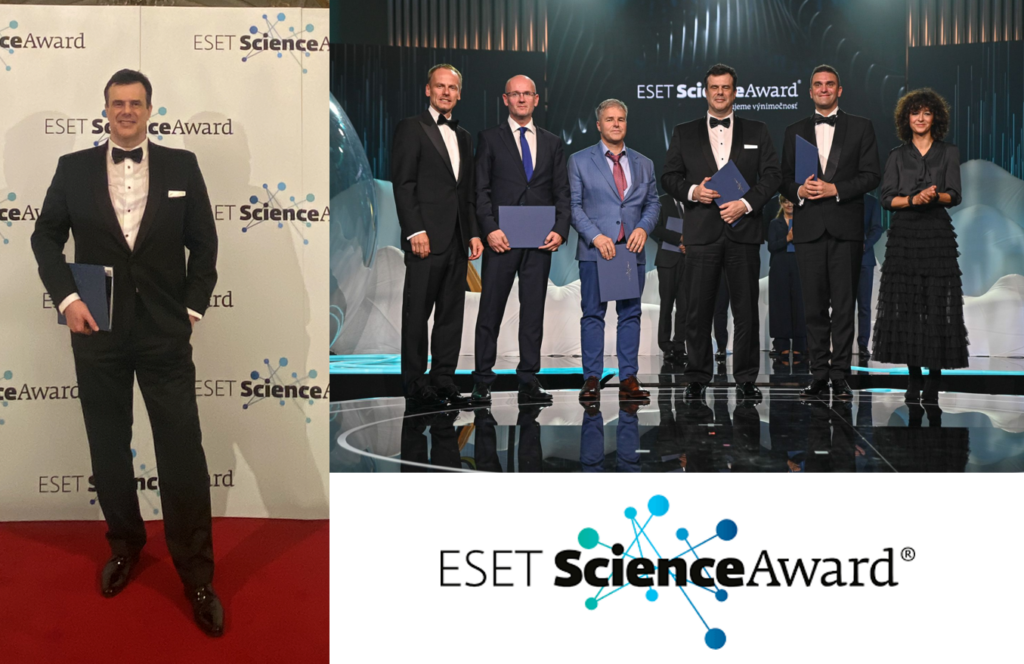
Director of LAM, Dr. Sýkora was selected as one of the five finalists of the 6th ESET Science Award in the main category of Outstanding Scientist in Slovakia. Big congratulations!
The announcement of the ESET Science Award winners is an annual celebration of science in Slovakia. The ceremony, which took place on October 10th, 2024 at the Slovak Philharmonic, was attended by representatives of the scientific community from Slovakia and abroad, ambassadors and representatives of state institutions in Slovakia. The event was held for the second year under the auspices of the Representation of the European Commission in Slovakia.
The nominees of the ESET Science Award are carefully selected in a rigorous evaluation process. The laureates of this year’s Award were selected by an international jury chaired by Prof. Emmanuelle Charpentier, 2020 Nobel Prize Laureate in Chemistry. Big congratulations to the ESET Science Award laureates in all three categories, as well as to all the finalists!
The event was broadcasted live on Slovak Television. You can watch the recording via the following link: https://www.rtvs.sk/televizia/archiv/21424/493870.
More information about the ESET Science Award can be found via the following link: https://www.esetscienceaward.sk
We greatly appreciate all the efforts and support of ESET, s.r.o. and ESET Foundation in promoting science in Slovakia.

LAM Director, Dr. Milan Sýkora and LAM postdoctoral researcher Dr. Mrinmoy Roy, presented results of LAM research at the 73rd Annual Meeting of the Austrian Physical Society at the Johannes Kepler University in Linz, Austria. Dr. Sýkora also delivered opening remarks at the Mid-European day a special workshop aimed at improving collaboration among mid-European countries in the areas of science and education.
More information about the conference can be found here
More information about the mid-European workshop can be found here
LAM Director, Dr. Sýkora, was an invited speaker at the 5th scientific-popularization conference “Elders to younger ones” at Grösslingova high school (Gamča) on September 6, 2024, where he presented lecture on the Nobel Prize in Chemistry 2023 and related research done at LAM. Thank you for the invitation, Gamča!
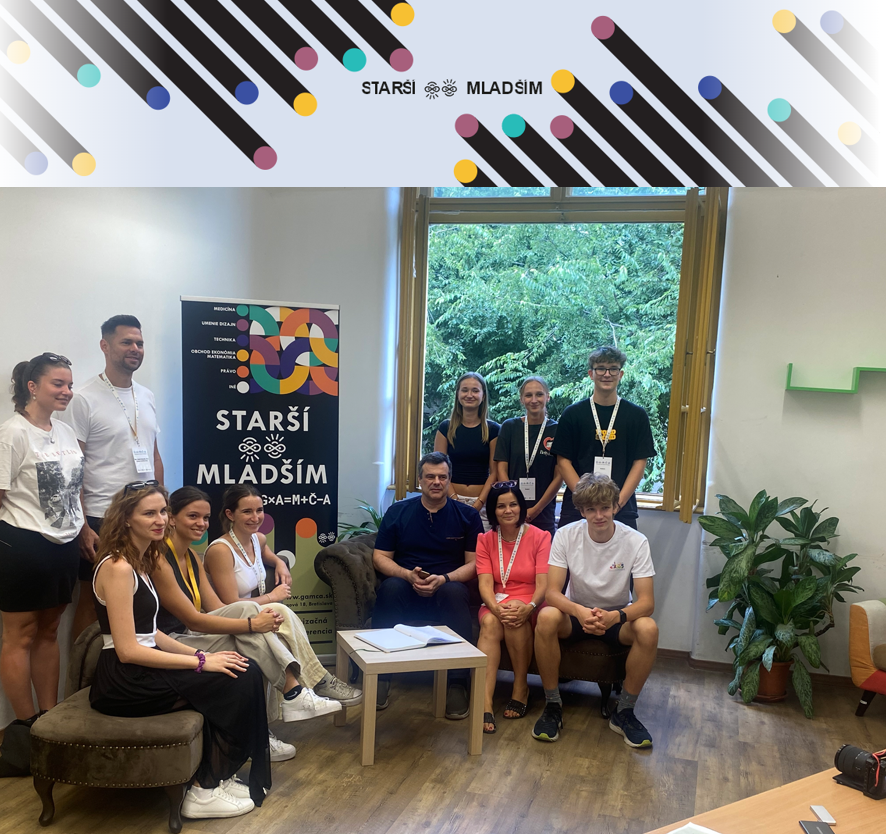
LAM Director, Dr. Sýkora, delivered an invited lecture summarizing the LAM research at the international biannual conference ”From Solid State to Biophysics XI” in Dubrovnik, Croatia. More information about the conference can be found via the following link: https://www.physics2bio.org/

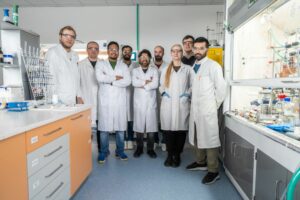 The news portal of Comenius University published a press release about the LAM laboratory:
The news portal of Comenius University published a press release about the LAM laboratory:
For more info click here: link
 The Research and Development Agency (RDA) has approved funding for the research project APVV-23-0202 on Ternary Chalcogenide Perovskites for Photovoltaics and APVV-23-0300 on Charging and Charge Transfer in Quantum Confined Nanocrystals. Congratulations!
The Research and Development Agency (RDA) has approved funding for the research project APVV-23-0202 on Ternary Chalcogenide Perovskites for Photovoltaics and APVV-23-0300 on Charging and Charge Transfer in Quantum Confined Nanocrystals. Congratulations!
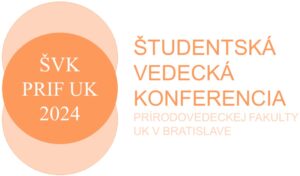 The Faculty of Natural Sciences organized the student conference to encourage undergraduate, postgraduate, and PhD students to present their work on April 25, 2024. The program featured two main sessions: a presentation and a poster session. An estimated 150 participants from various departments showcased their research. Three students participated from LAM: Sameer Kumar Tiwari presented on “Preparation of BaZrS3 Thin Films at Moderate Temperature and its Mechanism.” Ivana Božeková discussed her research “Using Gold Nanocrystals to Inhibit Bacterial Growth as a Possible Alternative to Combat Antimicrobial Resistance.” This work contributes to advancing our understanding of nanomaterials in biomedical applications. Ehsan Rezaie Ahari presented a Photoluminescence study of BaZrS3 Perovskite nanocrystals at a single nanocrystal level showing a phenomenon of photoluminescence intermittence, blinking. For more info click here https://fns.uniba.sk/svk
The Faculty of Natural Sciences organized the student conference to encourage undergraduate, postgraduate, and PhD students to present their work on April 25, 2024. The program featured two main sessions: a presentation and a poster session. An estimated 150 participants from various departments showcased their research. Three students participated from LAM: Sameer Kumar Tiwari presented on “Preparation of BaZrS3 Thin Films at Moderate Temperature and its Mechanism.” Ivana Božeková discussed her research “Using Gold Nanocrystals to Inhibit Bacterial Growth as a Possible Alternative to Combat Antimicrobial Resistance.” This work contributes to advancing our understanding of nanomaterials in biomedical applications. Ehsan Rezaie Ahari presented a Photoluminescence study of BaZrS3 Perovskite nanocrystals at a single nanocrystal level showing a phenomenon of photoluminescence intermittence, blinking. For more info click here https://fns.uniba.sk/svk
PhD students Ivana Božeková, Sameer K. Tiwari were awarded UK student research grants and PhD student Daniil Zinoviev was awarded an excellent UK student grant for 2024.
Congratulations to Ivana, Sameer, Daniil!
Ing. Peter Lešták joined LAM team as a new research administrator. Welcome to LAM, Peter!
 On 20.03.2024, members of the LAM team participated in an event organized by NextStep Science. This event focuses on creating contacts between those interested in career opportunities in the natural sciences, people from the field of science and the private sector. Members of the LAM team introduced the visitors to the scientific focus, work in the laboratory, and the possibilities of future use of nanomaterials and new materials that are being developed at LAM.
On 20.03.2024, members of the LAM team participated in an event organized by NextStep Science. This event focuses on creating contacts between those interested in career opportunities in the natural sciences, people from the field of science and the private sector. Members of the LAM team introduced the visitors to the scientific focus, work in the laboratory, and the possibilities of future use of nanomaterials and new materials that are being developed at LAM.
On 08.03.2024 Dr. Sýkora gave a lecture for dozens of participants of the Chemistry Olympiad from all over Slovakia. High school students learned about quantum dots and the 2023 Nobel Prize in Chemistry. In addition, they had the opportunity to learn more about research at LAM in the form of an interesting excursion in the laboratory.

An interview with the Director of the laboratory, Dr. Milan Sýkora, under the title “Research from Los Alamos brought to Bratislava”, was published in journal „Naša Univerzita“ (Our University). You can read the entire interview in Slovak on page 16 of the magazine by clicking on „Ročník 70, 2. číslo, letný semester 2024)” here: https://uniba.sk/nu/.